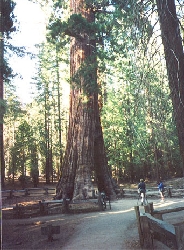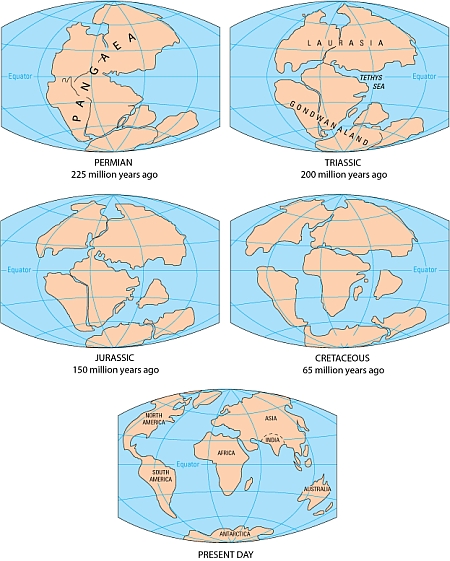Supplement 4.1: Endemism (1/2)
The concept of endemism
A species whose distribution is confined to a given area is said to be endemic to that area. An area with a large number of endemic species is an area with high endemism, an area with a small number of endemic species is one with low endemism accordingly. Endemism can be considered on different systematic levels as species, genus or family endemism.
Classifying endemics
Endemic species can be classified by different characteristics. The main characteristics are
- distribution,
- place of origin
- age
- taxonomy
The range of distribution of a species may be wide, spanning an entire continent, or very narrow, covering only a few square meters. The place of origin may be autochthon (native) or allochthon (alien). There are great differences in the age (phylogeny) of endemic species. In the plant kingdom for example, there are very old and isolated species, dating back to the beginning of the Cretaceous Period (approx. 150 mill. years). Some examples for such archaic endemites are the Ginkgo or Maidenhair Tree (Ginkgo biloba) in China and the Giant Sequoia or Big Tree (Sequoiadendron giganteum) in California.
Other, younger, endemites developed in confined areas due to mutation. They are called neo-endemites or progressive endemites and are less than 3 mill. years old. Many neo-endemic plant species of Saxifraga (saxifrage), Primula (primerose) and Gentania (gentian) can for example be found in valleys of the Southern Alps.
Causes of endemism
There are two main causes of endemism: the presence of barriers and/or the immobility of a species. Barriers can be represented for example by mountains, oceans, lakes, rivers or deserts. In the Earth's history mountain building took place in different phases, each of which was followed by the development of new endemic species. About 200 mill. years ago, the super continent Pangaea began to break up (see figure below). This lead to the isolation of continents and islands where animal and plant life began developing in different ways.



